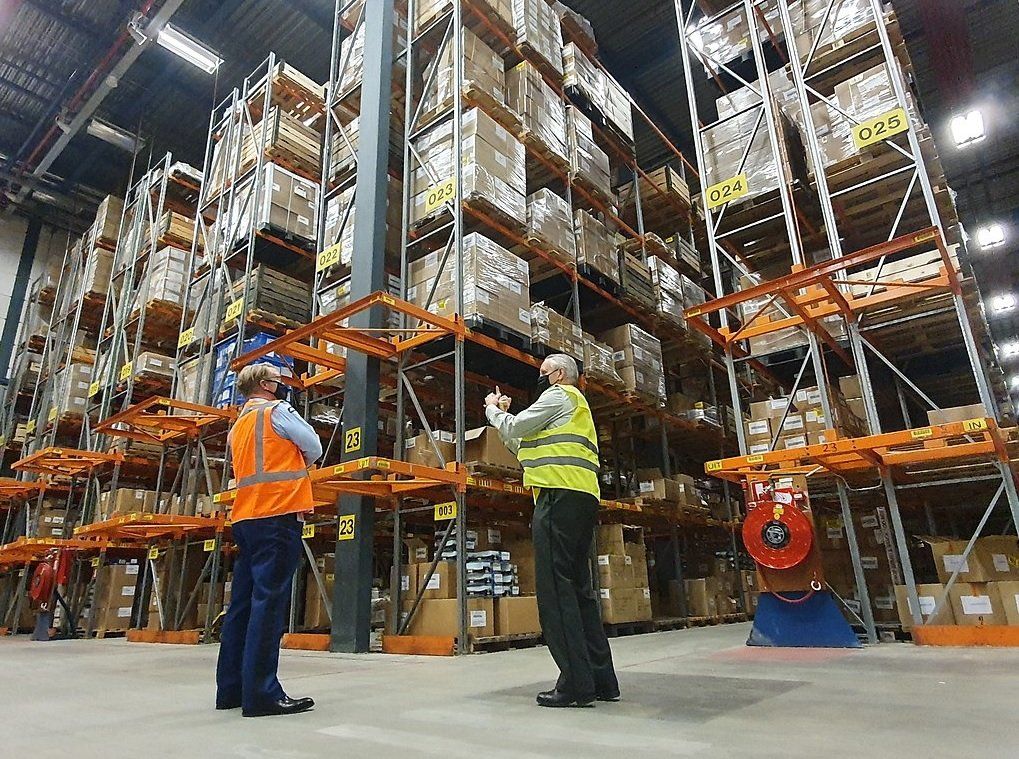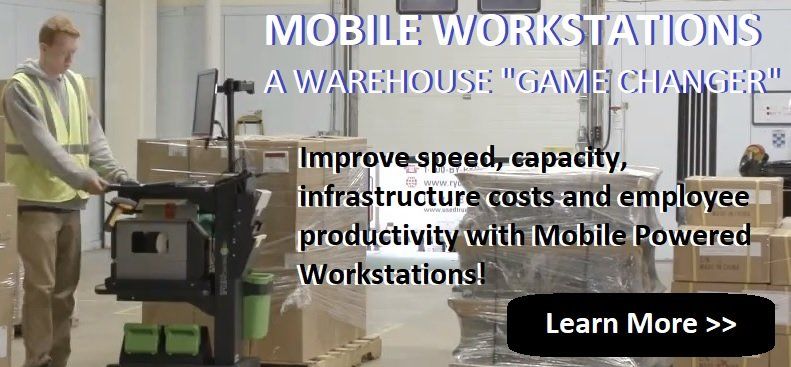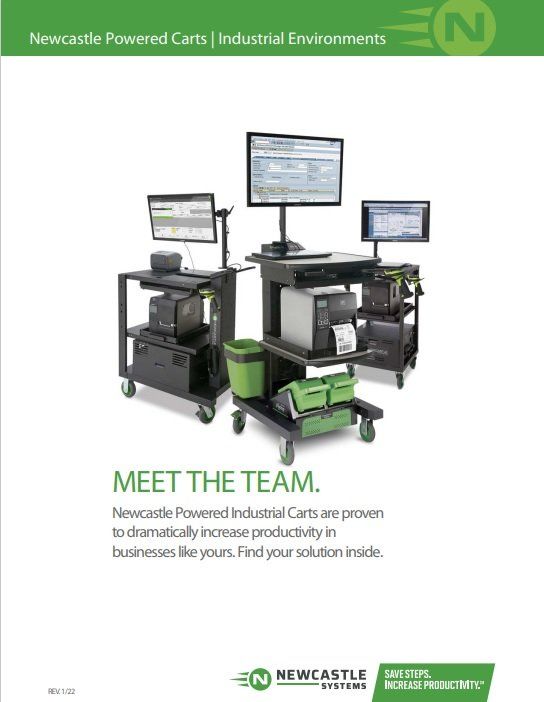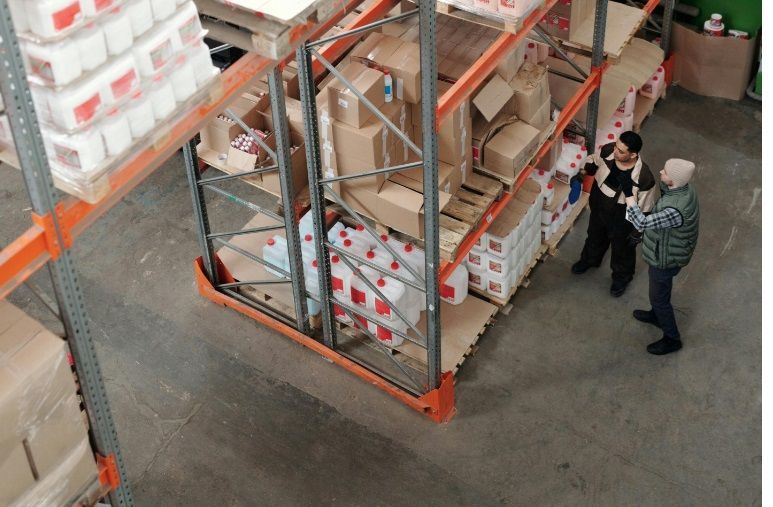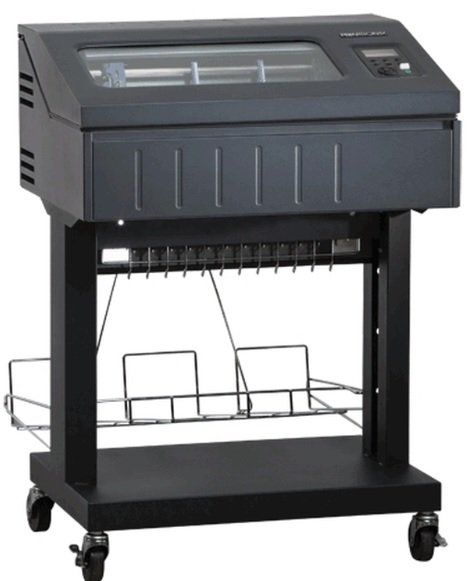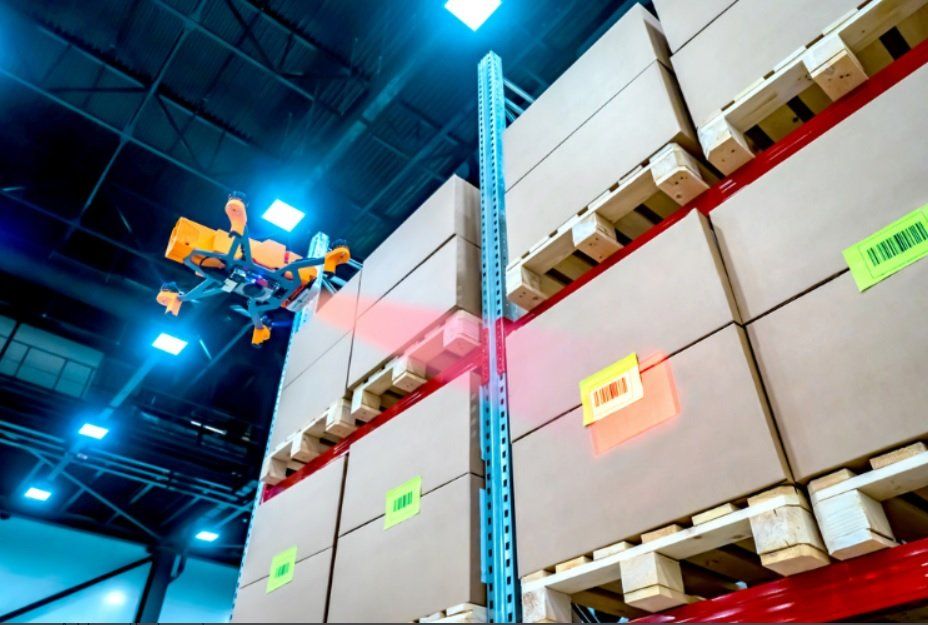Warehouse employment is seeing new lows after a long period of decline. Covid and ensuing supply chain disruptions took a massive toll on warehouse employment. But now, a recovery seems to be underway, and the warehouse employment rate is moving from strength to strength. The result is a warehouse worker shortage.
In July,
1.44 million workers
were employed in the warehouse sector, according to the BLS. This represents three consecutive months of warehouse employment growth and surpassing the record set in November.
Reasons for Warehouse Employment Growth
But why exactly is there such a big surge in demand for warehouse workers and the ensuing warehouse worker shortage? During covid,
people increased their online buying
due to which more workers are needed at warehouses for order fulfilment and logistics. People now prefer online purchases to observe covid safety and also to get around lockdowns.
The consumer trend for eCommerce buying has a strong influence on warehouse operations and logistics.
Since eCommerce orders are often personalized and smaller, more workers now need to pick and pack to process online orders. This process is more labour-intensive, and thus, more workers are needed, due to which employment rates are rising even as the outbreak continues. This is contributing to the warehouse worker shortage.
Rising Wages
Since the warehouse labor demand exceeds labor supply,
wages are rising
especially for package handlers. Warehouses now have to adjust their shifts and workflow to adjust to the eCommerce surge.
Companies are having a hard time hiring enough workers. Better unemployment benefits, high childcare costs and covid fears are some of the main reasons for a shortfall in labor supply. In addition to the shortage of warehouse workers, there is also a
shortfall in the supply of drivers
due to similar factors.
The warehouse sector is also seeing increased pressure from the retail sector. As a result of the pandemic, big retailers like Target, Walmart and Costco have raised their hourly wage rates. Although it may not have been planned, in effect, they are competing for labor with the warehouse sector. Warehouse workers have noted retailer wage rate hikes and now want to work for these retail giants for higher earnings. Better working conditions at retailers are also a key driver for these observations.
Warehouses had to
raise wages
for their workers as a result of this. They are also offering greater flexibility for their workers to keep them content so that they don't leave.
Automation
To help cope with all these changes, warehouses are turning towards increased
automation. This can help logistics and storage facilities to minimize costs since they will be less reliant on increasingly expensive workers. However, the move towards increased automation is still in its early stages and
quite slow.
Bottom Line
In short, there are challenges as well as opportunities for warehouses. Opportunities come in the form of increasing eCommerce and online buying. Challenges include higher worker wages, worker shortages, expensive worker training and the pressure for increased automation from retail giants like Amazon – this will require vast expenditure, something, not all warehouses can afford.
Warehouses will have to develop tactics for dealing with challenges and maximizing available opportunities to stay relevant and fend off high pressure from Amazon, AliExpress and other retail giants.
Solutions
Improve the efficiency of warehouse workers by reducing unnecessary steps in processes. Here at MIDCOM we offer solutions to help make warehouse workers more efficient.
Mobile workstations
and
wearable barcode scanners
are designed to accomplish this goal. Talk to a Specialist now call
(800) 643-2664.



